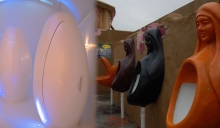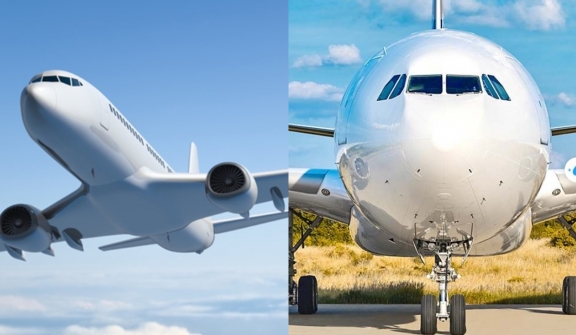
The recent discovery of why most planes are painted white has captured people's attention.
This choice of color is not merely an aesthetic preference; it offers numerous benefits in terms of comfort, efficiency, and safety.
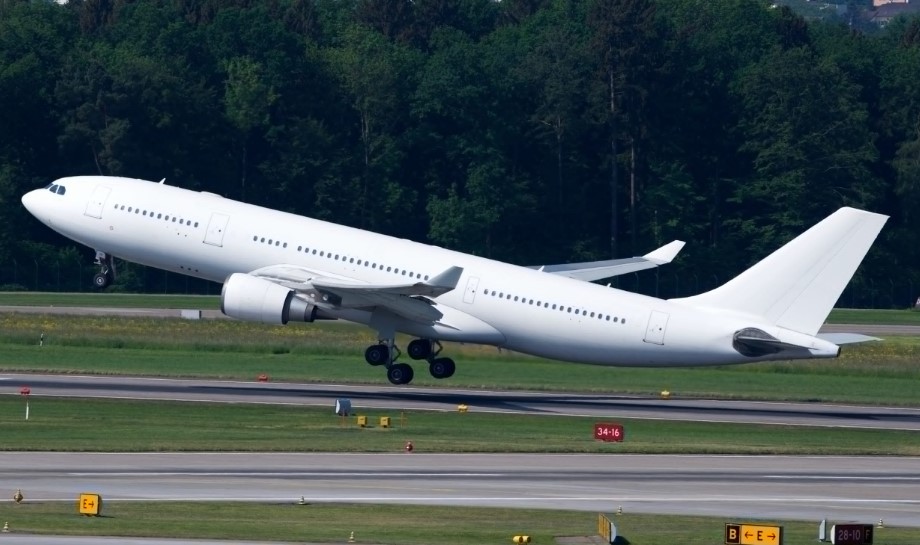
However, there are also rumors circulating online suggesting that white paint is not only lighter in color but also lighter in weight, making it a cost-saving measure for airline CEOs.
The decision to paint planes white has evolved over time.
Initially, aircraft retained their metallic appearance, with their iconic chrome exteriors being synonymous with the early decades of aviation.
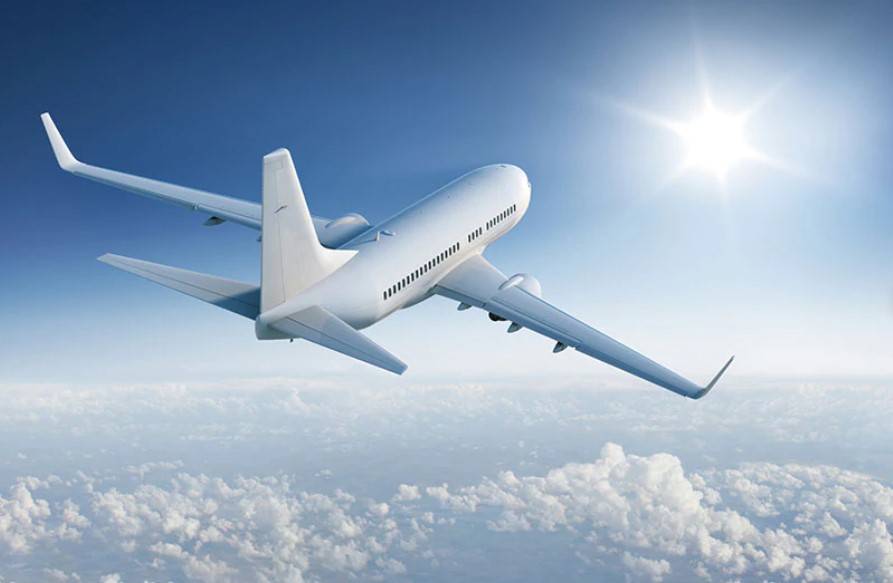
However, as planes fly through different weather and face environmental challenges, the need for protective coatings becomes clear.
White paint reflects a significant portion of the sun's rays, preventing excessive heat absorption and reducing the strain on the aircraft's structure.
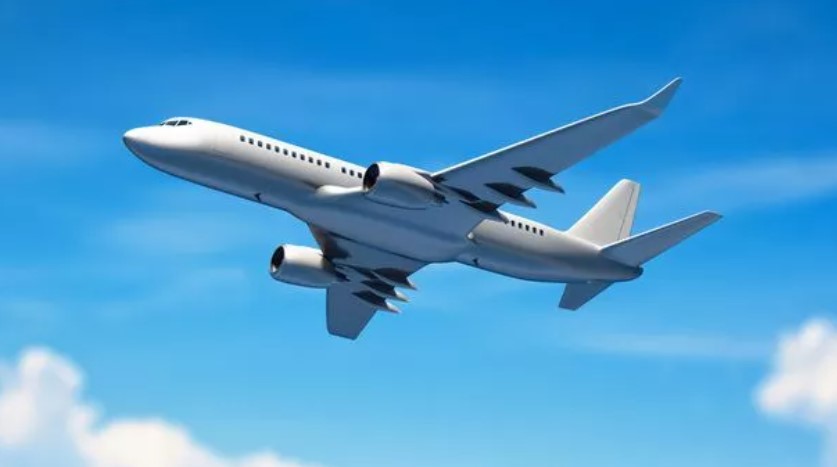
This is particularly crucial for large commercial airliners that spend extended periods in direct sunlight on airport tarmacs.
By keeping the plane cooler, white paint helps to maintain the integrity of the materials and ensures passenger comfort.
In aviation, visibility is paramount for safety.
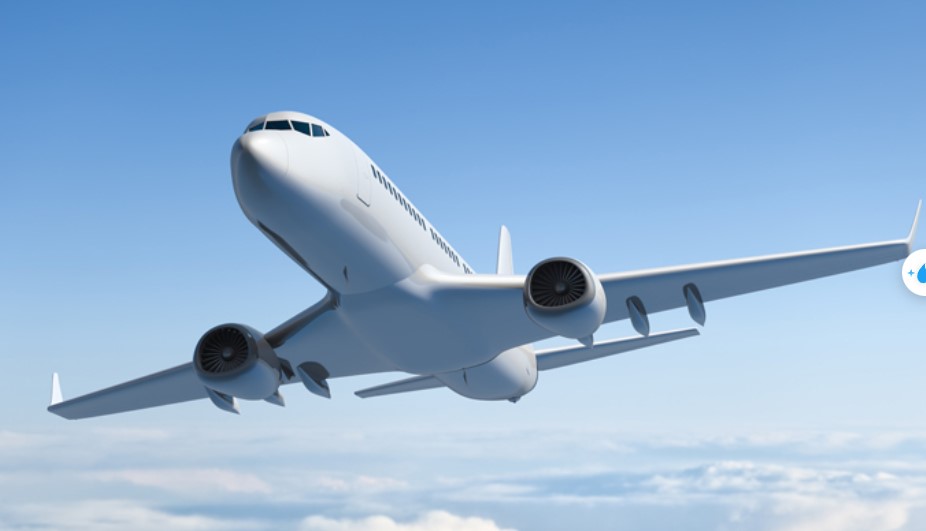
White planes are more visible against the sky, making them easier to spot during daytime flights, especially in low-light conditions or when flying through clouds.
This helps avoid collisions and improves air traffic control, making flying safer.
It makes it easier to find and fix issues like cracks, dents, or rust on the plane's surface.
The white paint makes any problems stand out, so maintenance crews can quickly see and fix them, keeping the plane in good condition.
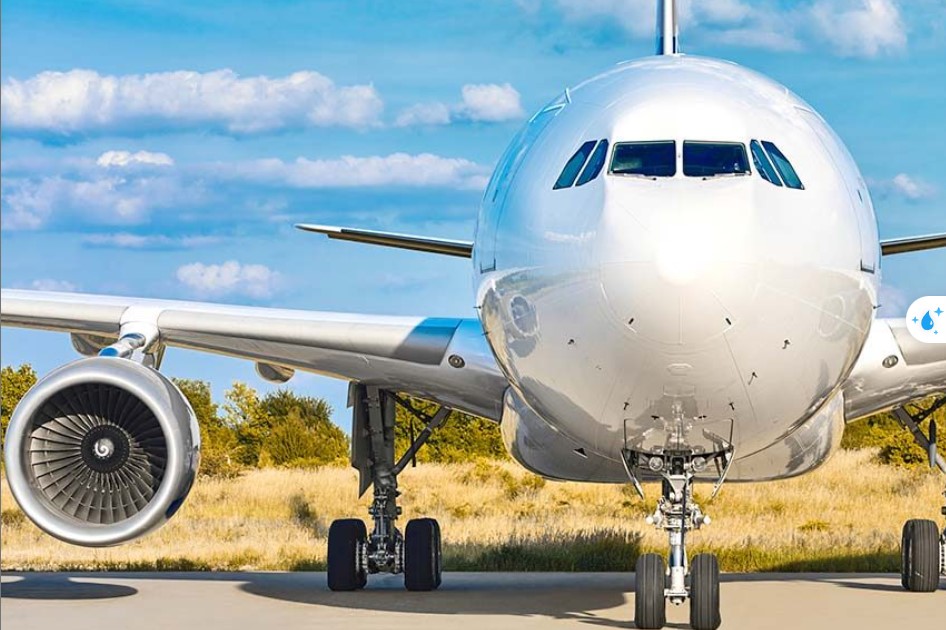
While the difference in weight between white paint and other colors is minimal, every ounce matters in aviation.
However, the weight savings achieved through white paint are not significant enough to be a primary cost-saving factor for airlines.
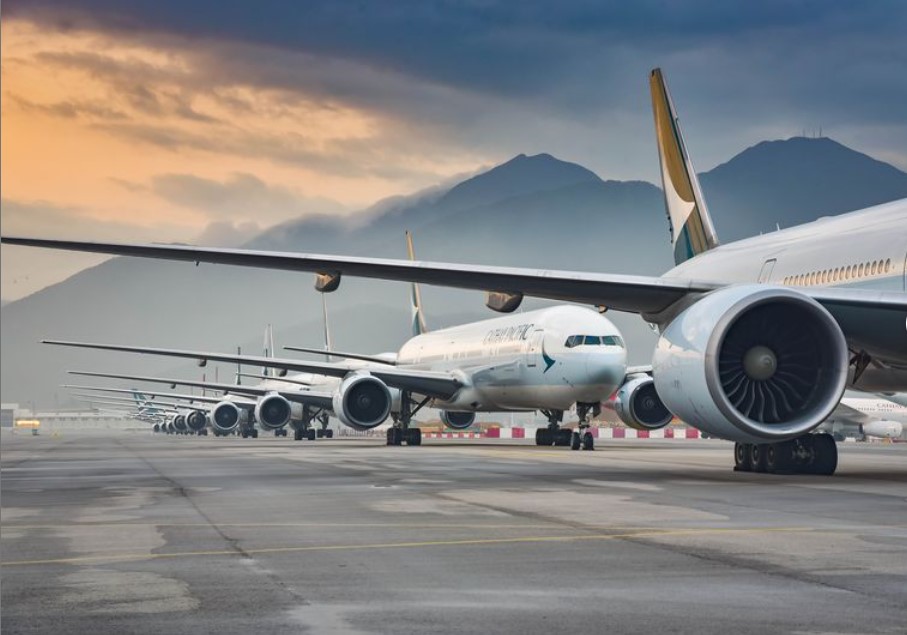
This part of aircraft design is not just for looks; it has an important purpose for safety and how the plane works.
In the past, airplane windows were typically square-shaped, but accidents and structural issues prompted a change to the rounded and oval shape we see today.
During the early 1950s, the first commercial jetliner was introduced by De Havilland, which initially had square-shaped windows.
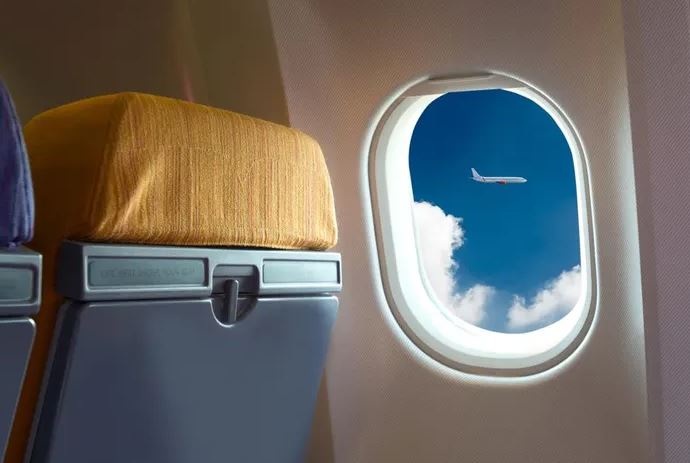
Unfortunately, after a year of operation, the plane experienced a catastrophic crash, followed by two more similar incidents in subsequent months.
The square corners of the windows proved to be vulnerable to high pressure, compromising their structural integrity and making them prone to cracking.
This discovery led to the realization that a rounded window design would distribute pressure more evenly during the aircraft's movement.

The adoption of rounded window designs was not limited to airplanes alone; it gradually extended to other forms of public transportation, particularly trains.
The rounded shape not only helps distribute pressure evenly but also provides a better experience for passengers.
Passengers can enjoy a wider field of view, allowing them to appreciate the scenery outside more easily.


